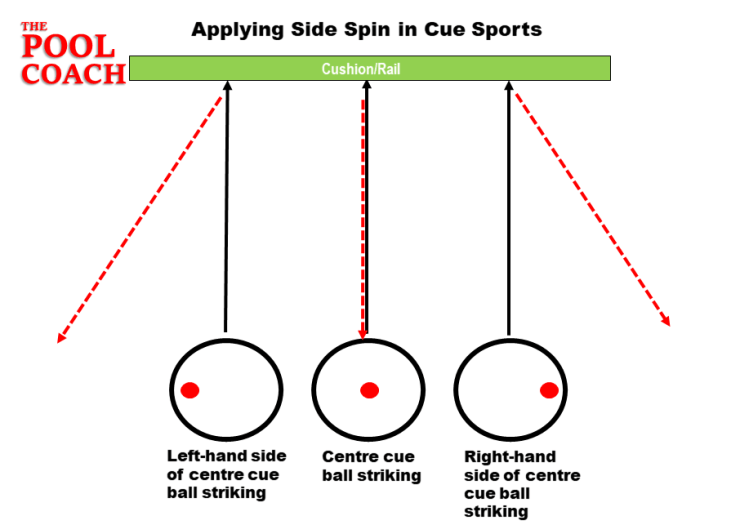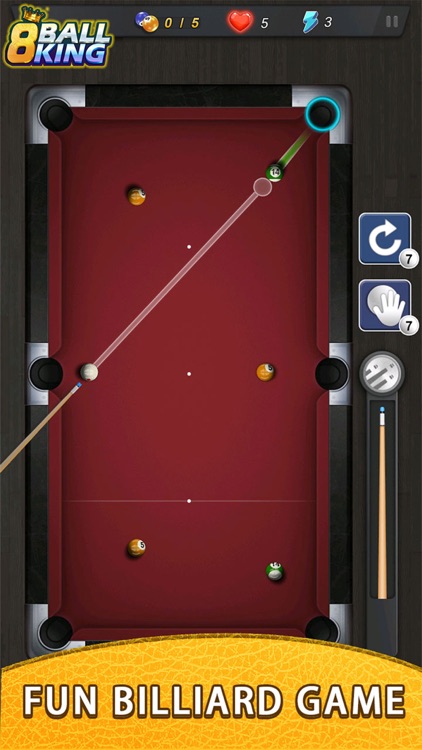
There are many materials that can be used to make snooker cues. Some cues are heavier than others while others are lighter. The best options for snooker cues are maple and ash, regardless of material. Maple, however, has many disadvantages, and should be used with caution. These woods are both whippy and stiff, so you need to be cautious when choosing your cue.
Materials used in snooker cues
Ash cues are distinguished by their clear grain patterns (chevrons and arrows). It can be challenging to bend straight as the graining of ash cues is often uneven. It is therefore important to carefully select your cue to avoid potential problems.
Ash cues have traditionally been made from English ash. This has decreased in popularity due to falling laws. Recently, American ash has been in high demand. It is straight grain. English ash cues are often darker and heavier and have visible chevrons. Acer saprum maples can also be used, though they are more expensive. Maple timber must be fully dried and seasoned for at minimum 12 months.
The same was rolled and bound.
Ash is a dense and lightweight wood, which is ideal for making a cue in snooker. It is not as expensive and luxurious as luxury snooker snooker ues. It has a little bit of flexibility, making it easier to spin. It also has a lower deflection than other woods.

Maple and Ash have been the traditional timbers to use for cue shafts. Maple and Ash have high levels of playability and rigidity. Some models are equipped with brass or polymer ferrules.
Responsive to wear-and-tear
You must take good care of your snooker cues. You must keep them out of direct sun and moisture. Keeping them on a cue rack is the best way to protect them from warping and damage. It is also important that they are protected from abrasive material such as chemicals and sandpaper.
You can keep them in great condition by adding weight. You should choose a cue that weighs at least 17 ounces. Anything lighter than that will put strain on your arm. You may also experience over acceleration if you purchase a cue lighter than that.
Additional weight at the butt
For a balanced snooker game, it is crucial to know the weight of the butt on a cue. Many cues are made from ash, but some are made from maple. Some cues can be decorated while others are more plain and basic.
The shaft's butt, a lower and heavier piece, is connected to the shaft via a screw. The shaft is smaller and more narrow. The shaft is a smaller, narrower piece that attaches to the butt. This is where a male screw threads in to a female. Cue joints may be made of brass, plastic or wood. Most common are brass to-brass joints.

Rolling and jumping the same
The most popular type of snooker cue is the ash-billiard cue. Ash snooker cues are usually between 18 and 20 ounces. This is much lighter than the larger billiard balls. While most snooker cues can be made of ash (mostly), there are also cues made out of maple.
Ash snooker snooker cups are also cheaper than other materials. You will pay a wholesale cost for them. It's therefore easy to find a cue at a fair price.